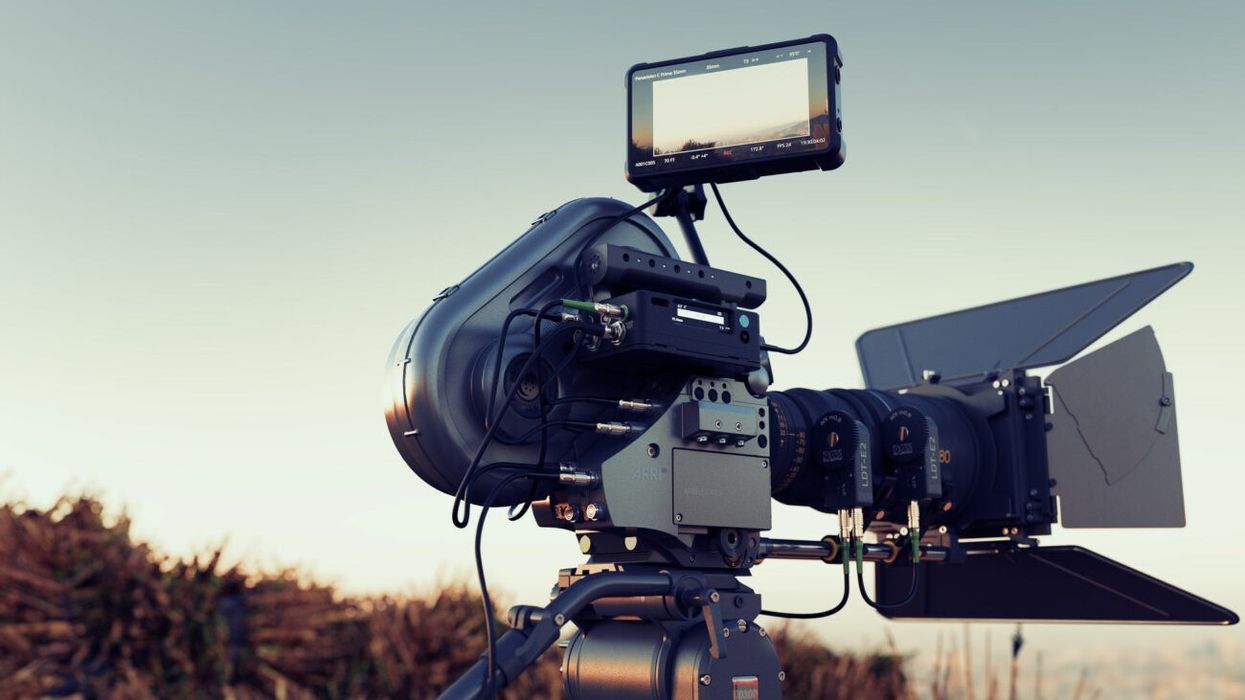Integrate Your Film and Digital Workflows With This New Lens Data Translator
A look at the new DCS LDT-F1 and how it can make your lenses smarter with metadata for your film and digital productions.

Upgrading your Lens Data Translator workflow
Without turning this article into another version of the endless debate between traditional film versus modern digital video, let’s take a moment to appreciate just how far modern technology has taken us in the quest to eventually blend the two together.
One way in which modern filmmakers are able to digitize their film production on set is by using a lens data translator (also known as a LDT) to help record and encode metadata from their lenses which can unlock frame-accurate overlays to view on a monitor.
This technology has been a huge game-changer for those looking to get the best of both worlds. With the launch of DCS’s latest product, the LDT-F1 promises to make this workflow better than ever.
Updating the Lens Data Translator Workflow
While this is certainly not the first Lens Data Translator ever created, this new LDT-F1 version from DCS does indeed promise to be one of the best so far. Designed to “Make Every Lens Smart,” this new translator works by recording and encoding metadata directly from your lens, which can then give you a frame-accurate overlay to SDI feed which you can then hook up to a monitor.
This could be a huge help for directors and crews on set looking to monitor and track film footage on set. Plus, endlessly helpful for your post-production crews looking to streamline the editing process by using the info for reference later.
This technology has been very helpful and successful to those who have chosen to use it for their productions in the past, but let’s take a look at what’s new and upgraded with the LDT-F1.
Introducing the DCS LDT-F1
The goal of the LDT-F1 is really all about getting all of your digital metadata not only encoded to its relevant footage but also exported and overlaid via SDI directly to your monitors on set. (Your producers and video villages will thank you as this removes so much of the uncertainty and guesswork that usually comes with traditional film production.)
“The LDT-F1 is a game-changer for filmmakers. With the LDT-F1, anyone who can see a monitor now has the power to access the information they need, when they need it.” — Gary Keller, Operations Manager at DCS.
For the LDT-F1 in particular, there are many notable new features including:
- Custom anamorphic de-squeeze ratios
- Custom frame line overlays and guides
- Real-time data display such as timecode, shutter angle, clip details, file naming, etc…
- Metadata encoding at a frame-by-frame level for easy access in your post-production process
- Compatibility with most major film cameras
- Integration with most common lens control systems

The DCS LDT-F1
Credit: DCS
Price and Availability
Simply put, the LDT-F1 is designed to be a revolutionary video processing unit for celluloid cameras that aims to bring the best and most powerful tools from the world of digital filmmaking to your cinematic process.
With the real-time camera and lens information available on your monitors with the SDI passthrough, you’ll be able to frame up your shots using pre-selected or customizable frame lines.
Plus, with its built-in de-squeeze options for anamorphic lenses, your crews will be able to see the whole picture on set.
As with DCS’ other products, all of the precise and frame-by-frame lens data will be able to be recorded onto an SD card housed in the unit. The LDT-F1 is set to retail at a starting price of $12,000 and can be purchased on the DCS website here.















